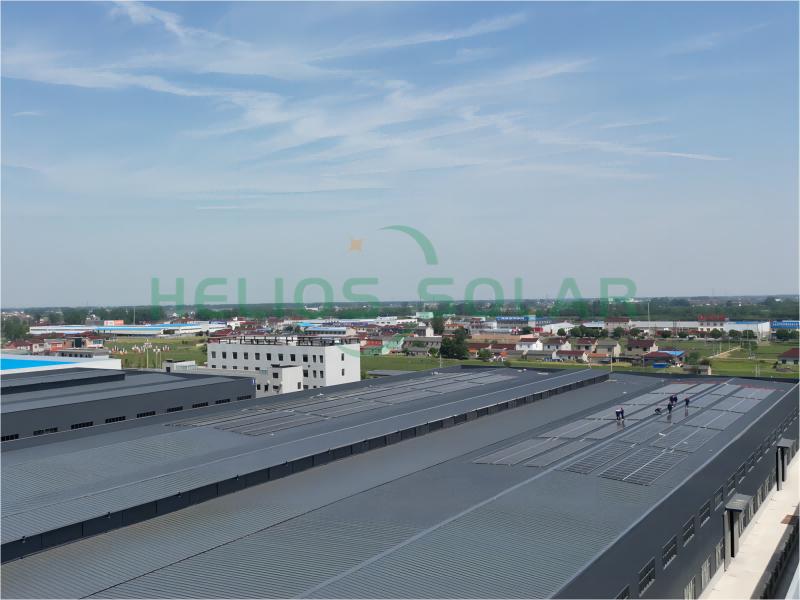Do you know about solar buildings? These innovative structures are revolutionizing the way we think about energy consumption and sustainability. Solar panels play a vital role in these buildings, harnessing the power of the sun to generate electricity. In this article, we take a deep dive into the world of solar panels and explore their benefits and applications in solar buildings.
Solar panels, also known as photovoltaic (PV) panels, use renewable energy from the sun to generate electricity. These panels consist of multiple solar cells that convert sunlight into direct current (DC) electricity. The electricity generated can be used immediately or stored in a battery for later use. This clean and green energy is a viable alternative to conventional power generation that relies on non-renewable resources such as coal or natural gas.
What is solar building?
One of the main applications of solar panels is solar buildings. Solar buildings are designed to maximize the use of solar energy for heating, cooling and power generation. By installing solar panels on their roofs, these buildings can generate large amounts of electricity on their own, reducing their dependence on the grid. Additionally, solar buildings often incorporate passive solar design elements, such as large windows and strategic shading, to maximize natural lighting and minimize the need for artificial lighting.
Benefits of solar panels in solar buildings
The benefits of solar panels in solar buildings are manifold. First, they help reduce greenhouse gas emissions. Since solar panels generate electricity without burning fossil fuels, they help reduce a building’s carbon footprint. This is especially important because buildings account for a large share of global energy consumption and emissions. By adopting solar panels, we can make significant strides toward a more sustainable and environmentally friendly future.
Second, solar panels help reduce energy costs. Once installed, solar panels require minimal maintenance and provide long-lasting free energy. Solar buildings can significantly reduce or even eliminate electricity bills, resulting in significant cost savings in the long run. In some cases, excess power generated by solar panels can be sold back to the grid, further offsetting energy costs and possibly even generating income for homeowners.
Additionally, solar panels enhance energy independence and resilience. By generating their own electricity, solar buildings are less susceptible to power outages and fluctuations in energy prices. This is especially important when the grid may be compromised during natural disasters or emergencies. Solar panels provide reliable and sustainable energy when it is needed most, ensuring essential services continue to function even under challenging conditions.
Finally, solar panels can enhance the architectural aesthetics of buildings. With advancements in technology, solar panels now come in a variety of colors, sizes and designs. This allows architects and building designers to seamlessly integrate solar panels into a building’s overall aesthetic, enhancing its visual appeal while still harnessing the power of the sun.
In conclusion
Solar buildings are paving the way for a greener, more sustainable future. Solar panels play a vital role in these buildings by harnessing the sun’s energy and converting it into electricity. The benefits of solar panels in solar buildings include reducing greenhouse gas emissions, lowering energy costs, enhancing energy independence, and contributing to building aesthetics. As the world continues to adopt renewable energy solutions, solar buildings and solar panels will become the new norm in the construction industry.
If you are interested in solar panels, welcome to contact solar company Radiance to read more.
Post time: Jul-07-2023


